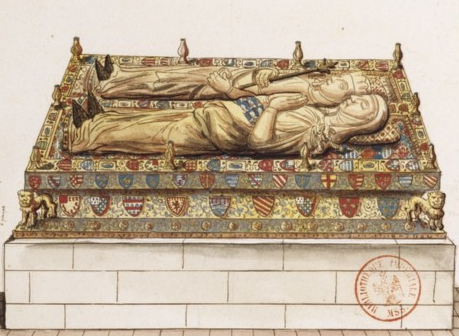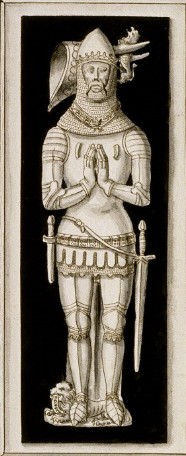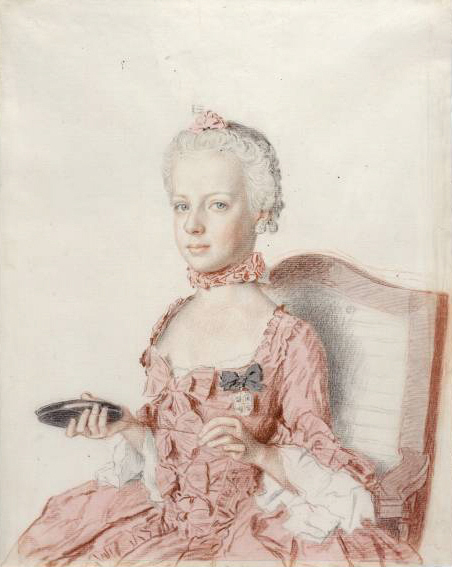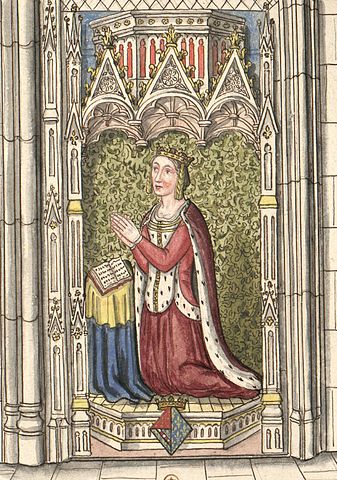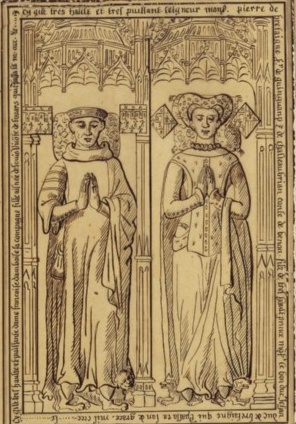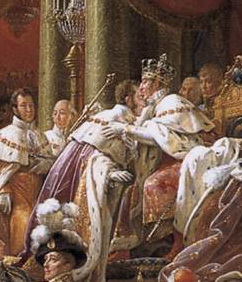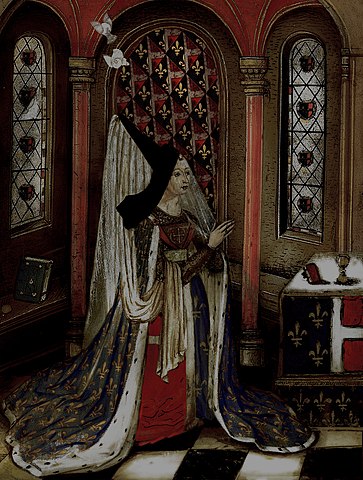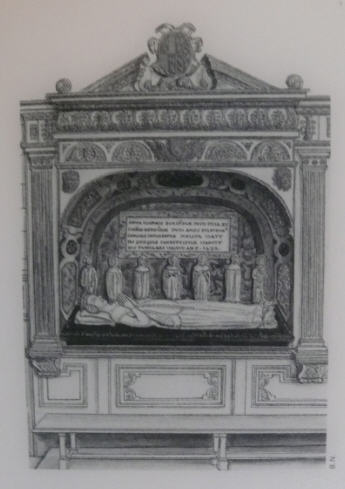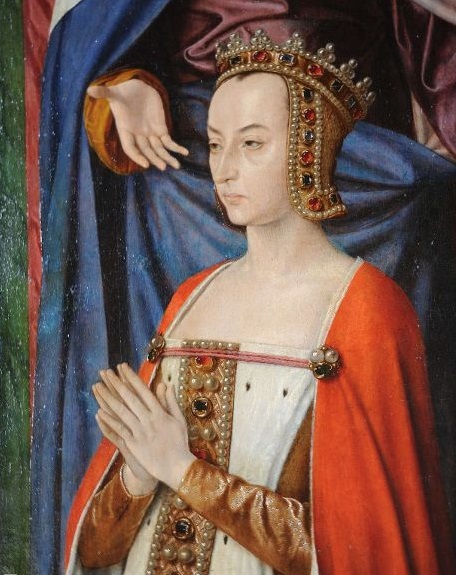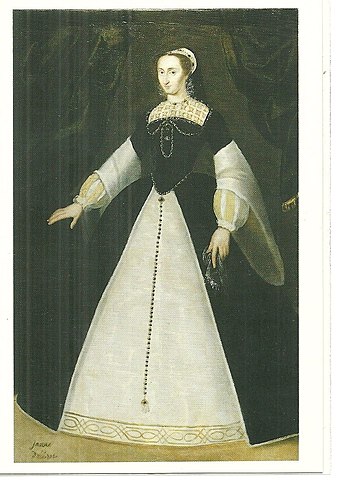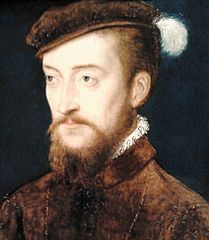Countessmeout
Imperial Majesty
- Joined
- Sep 19, 2011
- Messages
- 13,069
- City
- alberta
- Country
- Canada
October 20, 1496 birth of Claude, Duke of Guise. Grandfather of Mary Queen of Scots.
Claude was born to the house of Lorraine. His father was Rene II, Duke of Lorraine. His mother was Philippa of Guelder. He was the 2nd of 5 children who reached adulthood, all sons. His father was succeeded by his elder brother Antoine.
Claude was sent to the French court for his education, during the reign of Francis I. Claude distinguished himself as a skilled military leader. In the battle of Marignano where he first made a name for himself he received 22 injuries. He was governor of Champagne and Burgundy after helping defeat imperial troops which had invaded the regions.
When Francis returned from captivity in Spain he named Claude Duke of Guise and a peer of France. This was a major event as no one but a Prince of the blood had ever been made a Duke before in France. Because he was a member of the sovereign house of Lorraine, he claimed precedence over the Princes of Conde and Conti.
He died at the Chateau de Joinville in 1550. It is believed he may have been poisoned in retaliation for his perceived involvement in his wife's nephew Francois de Bourbon's death. Francois' victory at the battle of Ceresole helped to revive the prestige of the house of Bourbon which didn't set well with the Lorraine Duke of Guise.
In 1513 he had been married to Antoinette de Bourbon. Antoinette was the daughter of Francis, Count of Vendome and Marie of Luxembourg. Her brother Charles would be the first Duke of Vendome.
Antoinette bore her husband 12 children. All but 2 of them reached adulthood.
-Marie- best known for her marriage to James V of Scotland and being the mother of Mary queen of Scots. But her first marriage was to Louis II D Orleans, Duke of Longueville, a short but happy marriage which produced two sons. Her youngest son (born after his father died) died early and Francois died at 16. Francis was left in the care of Antoinette when Marie went to Scotland to marry.
-Francis: succeeded his father as Duke of Guise, a power at court during the time of his niece. Married Anne d'este with whom he had four children. He was assassinated and succeeded by his son Henri.
-Louise: married Charles II of Croy. But she died shortly after with no kids.
-Renee-abbess of St Pierre. She was the longest living sibling.
-Charles- became cardinal of Lorraine.
-Claude- Duke of Aumule. Married Louise de Breze (daughter of Dianne de Poitiers by her husband). They had 11 children.
-Louis: Cardinal of Guise. Unlike Charles and Francis, he didn't play a role in politics during Mary's life at the French court.
-Philip: first to die young
-Peter: the other to die young
-Antoinette: was an abbess
-Francis: served as Grand prior of the order of Malta
-Rene: made Marquis of Elbeuf. Married Louise de Rieux and had two children together. He accompanied his niece Mary home to Scotland and served as ambassador to the Scottish court.
Antoinette would out live her husband by many years. She died 1583 at the age of 88. She out lived all of her children except for Renee. She not only helped raise Marie's son from her first marriage, but she had a hand in raising Mary during her 13 years in France. She was considered a great advisor of her granddaughter. She was a shrewd woman who over saw the growth and stability of Guise lands for her husband and later son.
Claude was born to the house of Lorraine. His father was Rene II, Duke of Lorraine. His mother was Philippa of Guelder. He was the 2nd of 5 children who reached adulthood, all sons. His father was succeeded by his elder brother Antoine.
Claude was sent to the French court for his education, during the reign of Francis I. Claude distinguished himself as a skilled military leader. In the battle of Marignano where he first made a name for himself he received 22 injuries. He was governor of Champagne and Burgundy after helping defeat imperial troops which had invaded the regions.
When Francis returned from captivity in Spain he named Claude Duke of Guise and a peer of France. This was a major event as no one but a Prince of the blood had ever been made a Duke before in France. Because he was a member of the sovereign house of Lorraine, he claimed precedence over the Princes of Conde and Conti.
He died at the Chateau de Joinville in 1550. It is believed he may have been poisoned in retaliation for his perceived involvement in his wife's nephew Francois de Bourbon's death. Francois' victory at the battle of Ceresole helped to revive the prestige of the house of Bourbon which didn't set well with the Lorraine Duke of Guise.
In 1513 he had been married to Antoinette de Bourbon. Antoinette was the daughter of Francis, Count of Vendome and Marie of Luxembourg. Her brother Charles would be the first Duke of Vendome.
Antoinette bore her husband 12 children. All but 2 of them reached adulthood.
-Marie- best known for her marriage to James V of Scotland and being the mother of Mary queen of Scots. But her first marriage was to Louis II D Orleans, Duke of Longueville, a short but happy marriage which produced two sons. Her youngest son (born after his father died) died early and Francois died at 16. Francis was left in the care of Antoinette when Marie went to Scotland to marry.
-Francis: succeeded his father as Duke of Guise, a power at court during the time of his niece. Married Anne d'este with whom he had four children. He was assassinated and succeeded by his son Henri.
-Louise: married Charles II of Croy. But she died shortly after with no kids.
-Renee-abbess of St Pierre. She was the longest living sibling.
-Charles- became cardinal of Lorraine.
-Claude- Duke of Aumule. Married Louise de Breze (daughter of Dianne de Poitiers by her husband). They had 11 children.
-Louis: Cardinal of Guise. Unlike Charles and Francis, he didn't play a role in politics during Mary's life at the French court.
-Philip: first to die young
-Peter: the other to die young
-Antoinette: was an abbess
-Francis: served as Grand prior of the order of Malta
-Rene: made Marquis of Elbeuf. Married Louise de Rieux and had two children together. He accompanied his niece Mary home to Scotland and served as ambassador to the Scottish court.
Antoinette would out live her husband by many years. She died 1583 at the age of 88. She out lived all of her children except for Renee. She not only helped raise Marie's son from her first marriage, but she had a hand in raising Mary during her 13 years in France. She was considered a great advisor of her granddaughter. She was a shrewd woman who over saw the growth and stability of Guise lands for her husband and later son.


